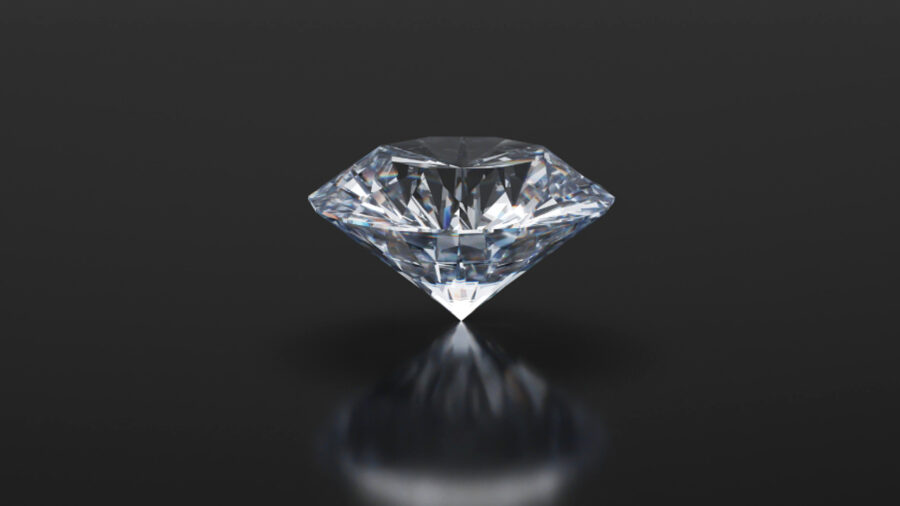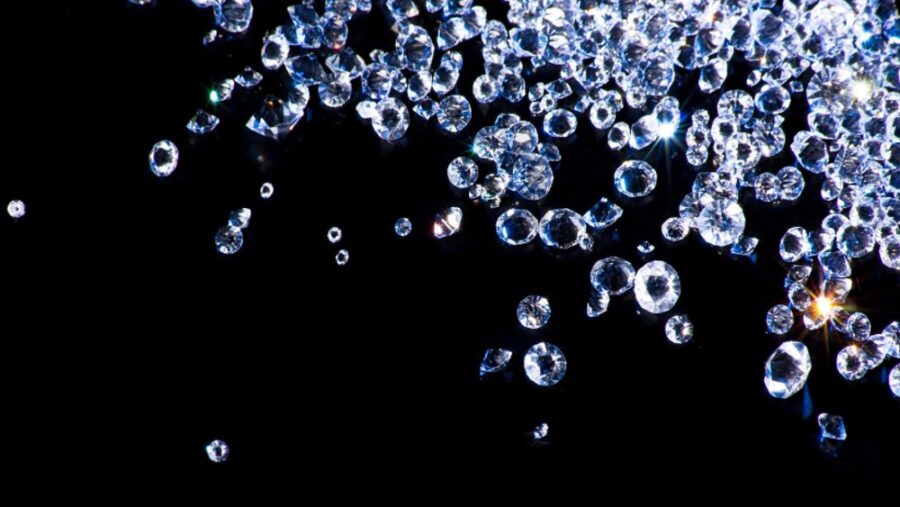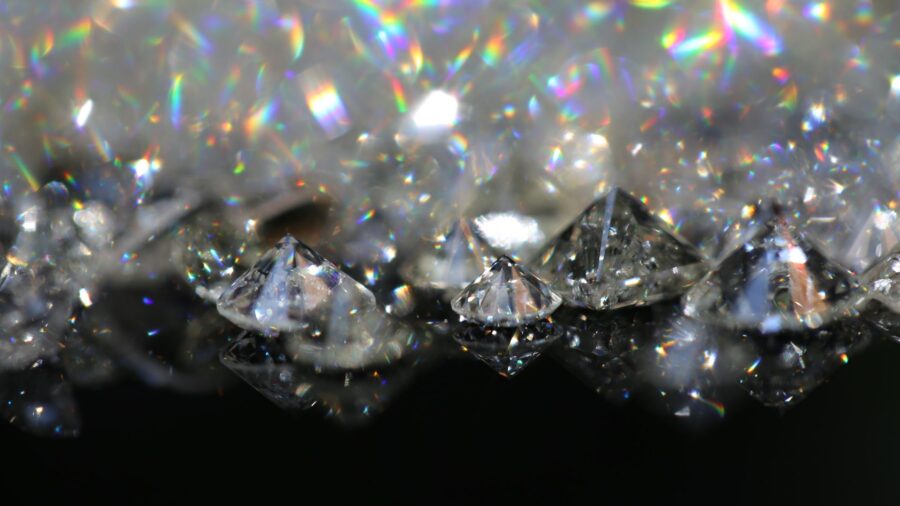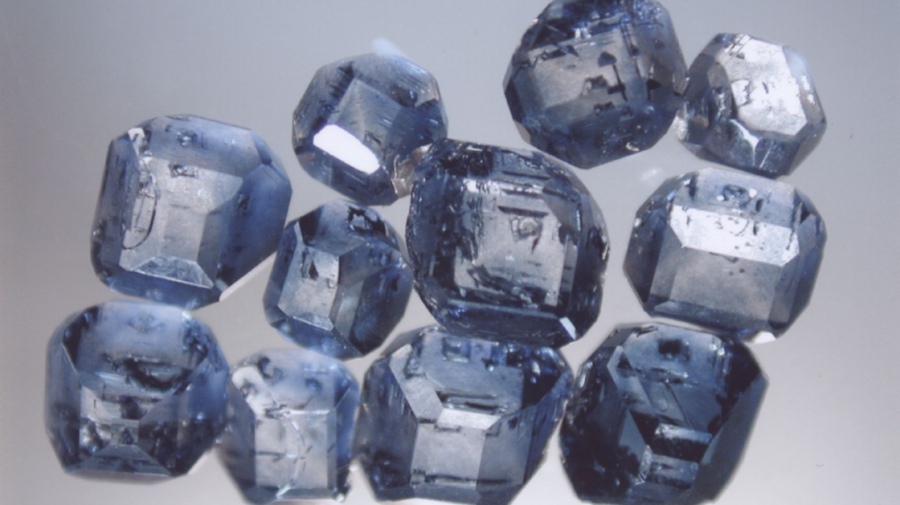Diamonds Grown From Scratch In Lab Could Change Gemstone Market Forever

Could scarcity in the gemstone market be a thing of the past? Maybe—because scientists have revealed novel methods of synthesizing diamonds at normal atmospheric pressure, all without the need for a starter gem. This groundbreaking development could genuinely revolutionize the world of gemstones; now, lab-grown gems could be exponentially more accessible, leading to drastically altered economics surrounding the precious stone.
Current Methods Are Slow

As many might be familiar with, these gems form deep within the Earth’s mantle, the end product of extreme pressures and temperatures spanning millions of years.
Today, in the lab, experts employ a method dubbed high-pressure high-temperature (HPHT) that mimics these conditions. During HPHT, liquid metals—like iron—convert carbon into diamonds, relying on a seed diamond.
While the process is effective, HPHT nonetheless requires an excess of resources, including time; moreover, it usually only eventuates tiny gems, and over several weeks, to boot.
Another method, chemical vapor deposition (CVD), requires less pressure—but necessitates a seed diamond.
15 Minutes

However, the exciting new technique, pioneered by physical chemist Rodney Ruoff from the Institute for Basic Science in South Korea, successfully nixed the downsides of both HPHT and CVD.
Ruoff’s team utilized a crucible of electrically heated gallium, itself blended with a minimal amount of silicon, all located in a specially designed chamber functioning at sea-level atmospheric pressure.
The experts then introduced scorching and carbon-rich methane gas into this environment, achieving diamond formation in a mere 15 minutes.
More Improvements

For the scientifically inclined, it’s worth noting how such an astoundingly fast degree of diamond synthesizers took place—by utterly optimizing the blend of gallium, nickel, iron, and a dash of silicon.
Like great inventions or innovations usually do, the process both shortened production time and simplified the setup. With heightened efficiency, scientists were able to experiment with a variety of metal and gas concentrations. More improvements, sporting fewer and fewer silicon impurities, were soon to come.
New Challenges

Of course, this new method is exciting, making one imagine alternate versions of the hit Adam Sandler, Safdie-brothers directed film (now on streaming), Uncut Gems. But the innovation in diamond production also heralds its own set of challenges.
First, the diamonds produced are incredibly small—hundreds of thousands of times smaller than those fashioned via HPHT. Obviously, this very stark size limitation prohibits the gems used in traditional jewelry, as of now.
Still, the progress has major implications for other industries. For example, the tiny gems could be useful in polishing and drilling due to their solidity and thermal conductivity—both incredibly valuable traits.
Also, the low-pressure process behind the diamonds could lend itself to scaled-up production; this could lead to larger gems in the future, even stones big enough to put on a ring.
Optimistic

For his part, Ruoff is optimistic about the commercial side of the technique. He anticipates that in two years, perhaps even one year, the more lucrative applications of the approach will reveal themselves.
Of course, the ability to grow gems quickly and efficiently at fine-tuned conditions could drastically reduce costs and increase availability.
Such an alteration in the rare stones market would also significantly disrupt it, challenging the dominant natural diamond suppliers and merchants, as well as traditional lab-grown methods.
In fifteen years, who knows how cheap diamonds will be?
Source: LiveScience











